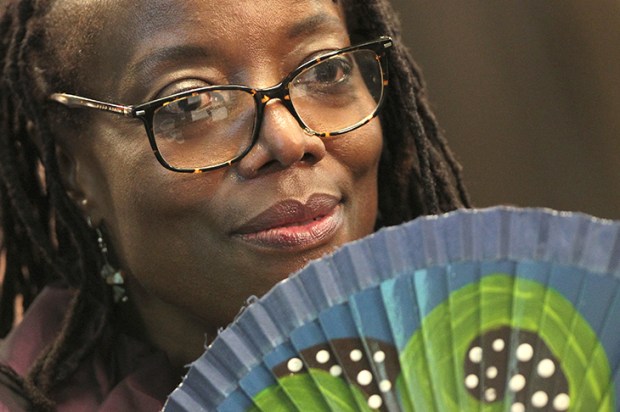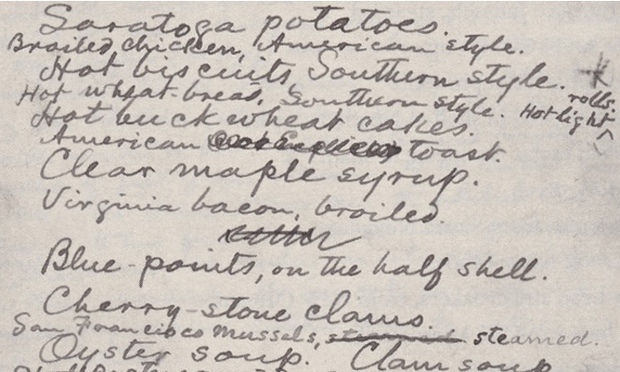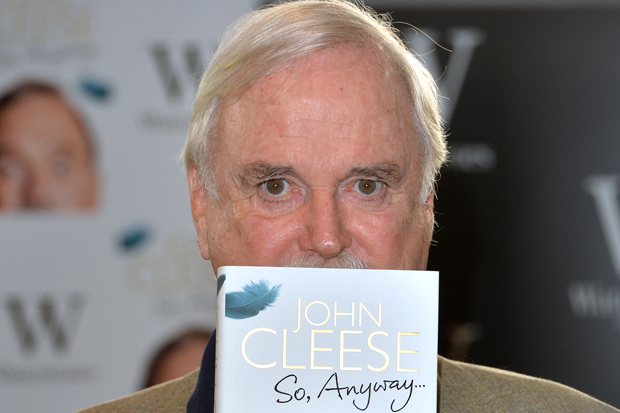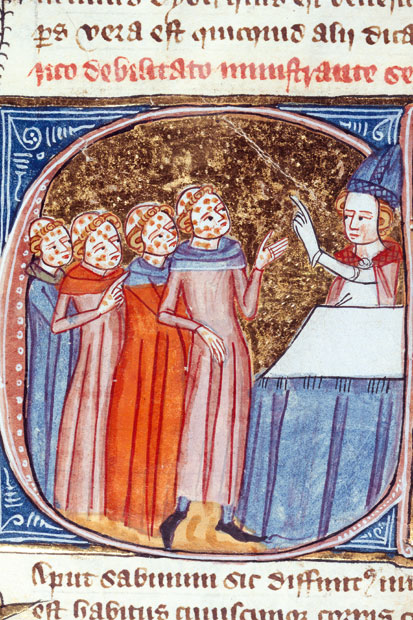Following his beginnings as a science-fiction horror director, David Cronenberg has spent the past decades transforming himself into one of cinema’s most literary filmmakers. He has adapted for the screen — often brilliantly — novels by J.G. Ballard, William Burroughs and Don DeLillo. In each, he has paraded his obsession with lurid mutations in human form wrought by technology, disease and the imagination. In Crash (1996), he had
bodies melding with machinery. In Naked Lunch (1991), he had bodies melding with insects — plus insects melding with typewriters.
Most memorably, in his biggest commercial success, The Fly (1986), he had Jeff Goldblum melding with a housefly — after Goldblum’s scientist, attempting to teleport himself, failed to spot that winged hitchhiker had joined him for the ride in his teleportation device.
Now aged 71, and with his latest film, Maps to the Stars, just out, Cronenberg has finally attempted his own perilous teleportation, from cinema to fiction. The Canadian has not survived the trip without some horrific mutations to his artistic vision — which is a shame, because re-watching any of his own films would have told him this was probably what was going to happen.
Consumed is a rambling narrative centred on Naomi and Nathan, a pair of hipsterish, frenetically web-surfing journalists who jet around the globe on the trail of two macabre news stories. Much as you might imagine Cronenberg’s own, their lives are largely spent lolling around in airports and hotels, communicating with one another through electronic devices: ‘It got to the point that they could sense traces of each other among the boxes of electric plug adapters and Micro SD flashcards.’ Most of the time, the technology’s not even as exciting as that: ‘Nathan decided to use his iPhone’s LTE personal hotspot to generate a private wireless signal.’
Things warm up as Nathan sets off on an assignment to photograph a woman undergoing radical surgery for breast cancer. ‘Did it turn you on when Zoltan cut into my breasts?’ she asks him. ‘Your disease and your treatment are not what make you sexy and beautiful,’ he protests.
Naomi, meanwhile — as if in a special double feature of Scooby Doo — is elsewhere, investigating the murder of a 62-year-old Parisian woman, Celestine Arosteguy, whose brain has been left partially eaten. Naomi tracks down Celestine’s husband, Aristide, the prime suspect for the murder, only to listen at length as he rattles off streams of biomorphic techno-porn: ‘The acrylic platter of the Spotheim-Koreneef device was spinning hypnotically,’ he tells her, ‘its corona of glittering weights, like stacks of coins, shimmering with nano-crustacean avidity.’
All of this feels like Cronenberg shorn of every last jot of fun, shock and horror. Without the ironic B-movie aesthetic that plays so well in his films, and laid bare on the printed page, his characters and imagery fall horribly flat. One character has an L-shaped penis:
It had been painted to resemble a wormlike larva — a meaty translucent yellow with tobacco striations delineating its body segments, and two black-stippled ovals on the upper shield of the glans representing the chemo-sensory organs found on the larval head.
If you saw that looming on screen in a Cronenberg movie, it would be majestic. Deadened by his prose, and lost in this sadly limp novel, it just sounds silly.
Got something to add? Join the discussion and comment below.
Get 10 issues for just $10
Subscribe to The Spectator Australia today for the next 10 magazine issues, plus full online access, for just $10.
Available from the Spectator Bookshop, £15.99 Tel: 08430 600033
You might disagree with half of it, but you’ll enjoy reading all of it. Try your first month for free, then just $2 a week for the remainder of your first year.













Comments
Don't miss out
Join the conversation with other Spectator Australia readers. Subscribe to leave a comment.
SUBSCRIBEAlready a subscriber? Log in